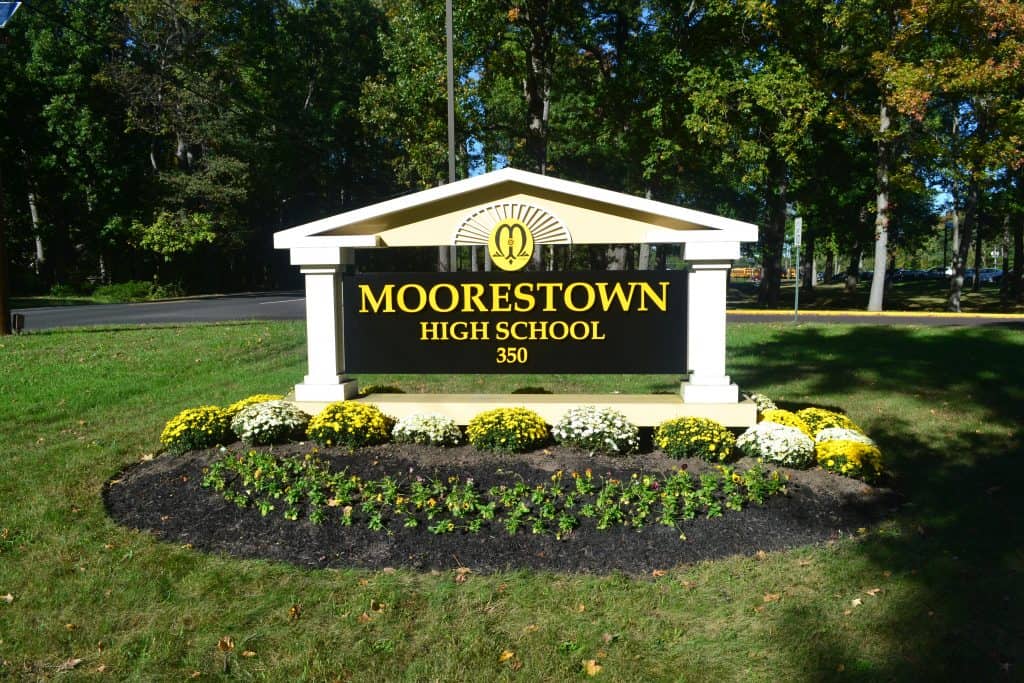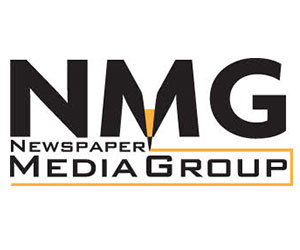
The Moorestown Board of Education is putting it to a vote. On Nov. 5, Moorestown Township residents will vote on a $25.6 million bond referendum that would finance improvements to the district’s space, security and sustainability initiatives.
While the district is seeking state aid toward the proposed projects, taxpayers would take on the major share of the project, with residents bearing responsibility for $18.9 million of the $25.6 million project. As presented at last Tuesday’s board of education meeting, the average assessed home of $454,032 would pay an additional $161.19 per year in taxes.
Superintendent Scott McCarntey said the district is facing tight space constraints. While the district’s general population has seen a decrease over the last eight out of 10 years, the district has seen an increase in specialized programming. He said this means the district has created new spaces to house computer labs, STEM areas and other types of instructional spaces to house specialized programming. As a result, the district does not currently have unused space.
Along with the space constraints, the district is also facing unprecedented kindergarten enrollment. While the district typically anticipates an influx in enrollment during the summer months, it has already reached caps at all three of the district’s elementary schools before the 2018-2019 school year lets out.
McCartney said new construction is also posing a concern. He said current estimates indicate the district could have 150 to 250 new students enter the district in the next one to three years.
Given that the district’s three elementary schools are on sites that can’t accommodate additions, the district is considering adding classrooms to the only facility that has the space for an addition – William Allen Middle School. This would also come with a reconfiguration of the current grade levels to make space for the incoming elementary level students.The district’s architect, Robert Garrison of Garrison Architects, said this would entail moving third grade from the three elementary schools to the Upper Elementary School and sixth grade from the Upper Elementary School to William Allen Middle School
The potential additions include eight general education classrooms at WAMS. Also included in the proposal are energy conservation and safety upgrades at every building in the district. McCartney explained that since receiving a $1.2 million grant for safety upgrades at Moorestown High School, the district has been engaged in conversations about how to implement similar safety measures at the other schools and hopes to do so through the referendum by adding locking mechanisms, a closed circuit TV system, vestibule and a variety of other security upgrades.
“Investing in security, investing in safety in our school system, is really one of our number one priorities,” McCartney said.
Former board member Dimitri Schneiberg expressed his skepticism during public comments.
“Quite frankly, I have serious, serious concerns about a lot of things related to this referendum,” Schneiberg said.
He said parents may be hesitant to vote “yes” on a project that would move their third-graders from their individual elementary schools to the UES. He said while he’s in agreement that the security measures are of paramount importance, in his eyes, those measures should be split into a separate ballot question or built into the yearly budget to ensure those initiatives are still tackled if the entire $25.5 million project does not pass.
Brian Carter, principal at Mary E. Roberts Elementary School, said he’s already had to remove one computer lab to accommodate students. He said if the enrollment continues at its current rate, he’ll most likely have to remove a second lab to make room.
“I’m going to have no creative space, no flexible space left,” Carter said.
Bridget Potts, a first-grade elementary teacher at Roberts, echoed the sentiment. She said for the past two years, the district has grappled with capped elementary classrooms, and as the class size grows there’s a direct educational impact.
“We will not make the progress we need … if we don’t have the space to create the environment that’s best for these students to learn,” Potts said.
Ultimately, seven board members voted in favor of authorizing the submission of the bond proposal. Newcomer Katherine Mullin abstained from the vote while board member Mark Villanueva voted “no.”
Garrison said if the bond passes in November, a contractor could begin building as soon as the spring, but it would take a full year to create new classrooms. He said he anticipates the project would be completed in 2021.
To view the district’s full bond referendum presentation, visit http://www.mtps.com/referendum. Anyone with questions about the referendum can email [email protected].


